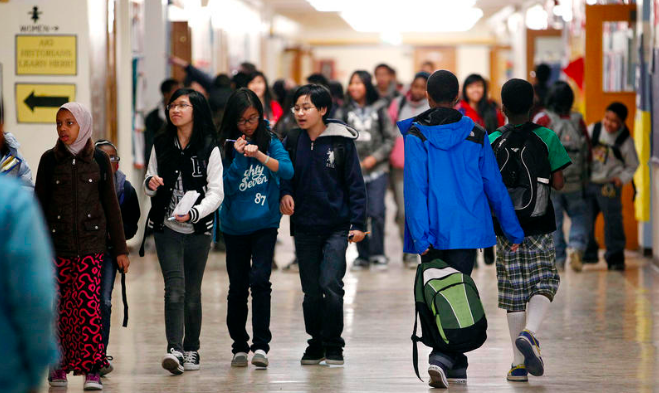Published on May 24, 2019

May 17 was the 65th anniversary of the landmark Brown v. Board of Education of Topeka decision that said segregating public schools by race was unconstitutional.
Many public schools in Seattle remain segregated in spite of past efforts to address that, including several decades of busing. A national nonprofit group, Integrated Schools, hosted an event on Thursday, May 16, examining racial divides in Seattle schools, what’s worked and what hasn’t worked and “how to disrupt segregation now.”
Panelists at the event included Nancy Beadie, a University of Washington professor and expert on the history of education policy; Stephan Blanford, executive in residence at the Seattle Foundation and a former Seattle Public Schools board director; Brent Jones, chief officer for equity, partnerships and engagement at Seattle Public Schools; and Cece Chan, a senior at Nathan Hale High School and member of the NAACP Youth Coalition.
The history of trying to achieve more school integration in Seattle has been rocky.
In response to a 1977 lawsuit filed by the NAACP and other groups, the Seattle school district tried to integrate schools through a mandatory district-wide busing system. That system continued into the 1990s, but the district eventually gave it up because of waning public support and concerns about whether it was benefiting students, according to HistoryLink.
A recent study found that Seattle schools have become more segregated since 1990 even as the city’s neighborhoods have become more racially mixed.
Continue reading at KNKX.
Originally written by Ashley Gross for KNKX.